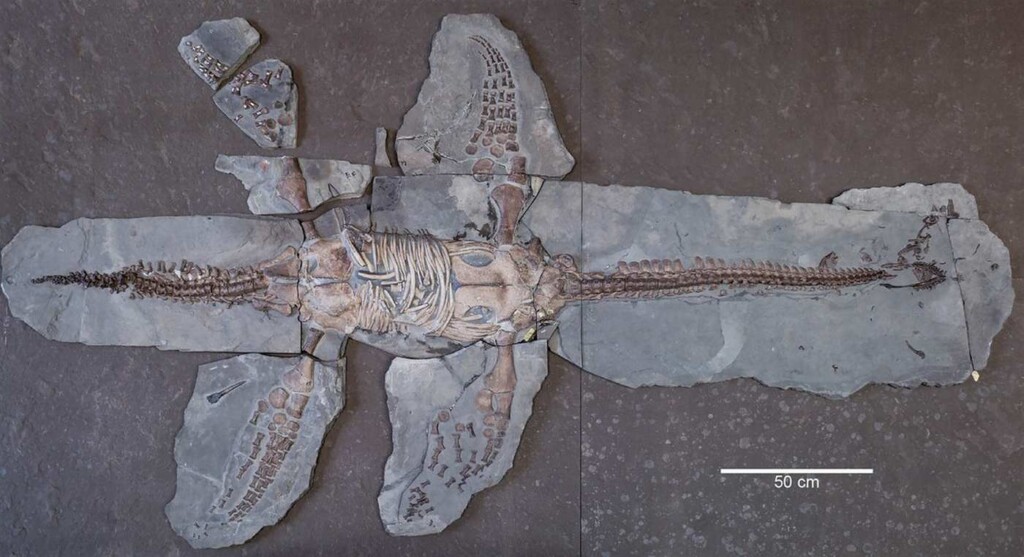The Perseverance rover, currently exploring the Jezero Crater on Mars, has captured images of an interesting rock that resembles an avocado. Although not an actual fruit, this rock caught the attention of scientists due to its distinctive shape. With an oval appearance and a scooped-out center, it bears resemblance to an avocado pit sitting inside an empty skin. While visually appealing, this rock also provides valuable insights into the geological processes shaping Mars’ rocky landscape.
The image of the avocado-shaped rock was taken by Perseverance’s Mastcam-Z camera on September 8. Equipped with a powerful zoom lens, the camera allows for detailed views of distant objects.
The Seti Institute, a research group focused on the search for extraterrestrial life, offered a likely explanation for the rock’s shape. They suggested that the rock, estimated to be up to 8 inches long, showcases differential erosion at work. This occurs when rocks erode at different rates, leading to the formation of unique shapes. In the case of this Martian avocado, the round piece inside the scooped-out center is more resistant to erosion compared to the surrounding rock.
Perseverance is currently exploring an ancient riverbed in the Jezero Crater, which indicates that Mars had a watery past. While the planet is now dry and dusty, the landscape is still scattered with rocks and sand. The avocado-shaped rock is just one example of the many fascinating rock formations that can be found on Mars.
Pareidolia, the tendency to perceive familiar objects in random shapes, is quite common when observing the Martian landscape. In the past, Perseverance has captured images of rocks that resembled a shark fin and a crab claw. However, it’s important to note that these rocks are simply geological formations and not evidence of extraterrestrial life.
The Perseverance rover serves as a rolling laboratory, constantly sending raw images back to Earth. One of its main objectives is to search for traces of ancient microbial life on Mars. To achieve this, it is collecting rock samples that NASA plans to retrieve with a future mission called Mars Sample Return. By studying these samples in Earth’s laboratories, scientists hope to uncover more clues about the possibility of past life on Mars.
The avocado-shaped rock may be a small piece of Mars’ geological history, but it sheds light on the erosion processes and the formation of unique shapes in the Martian environment. While it’s fascinating to discover these fantastic rock formations, if humans ever want to enjoy guacamole on Mars, future astronauts will need to make it happen.














